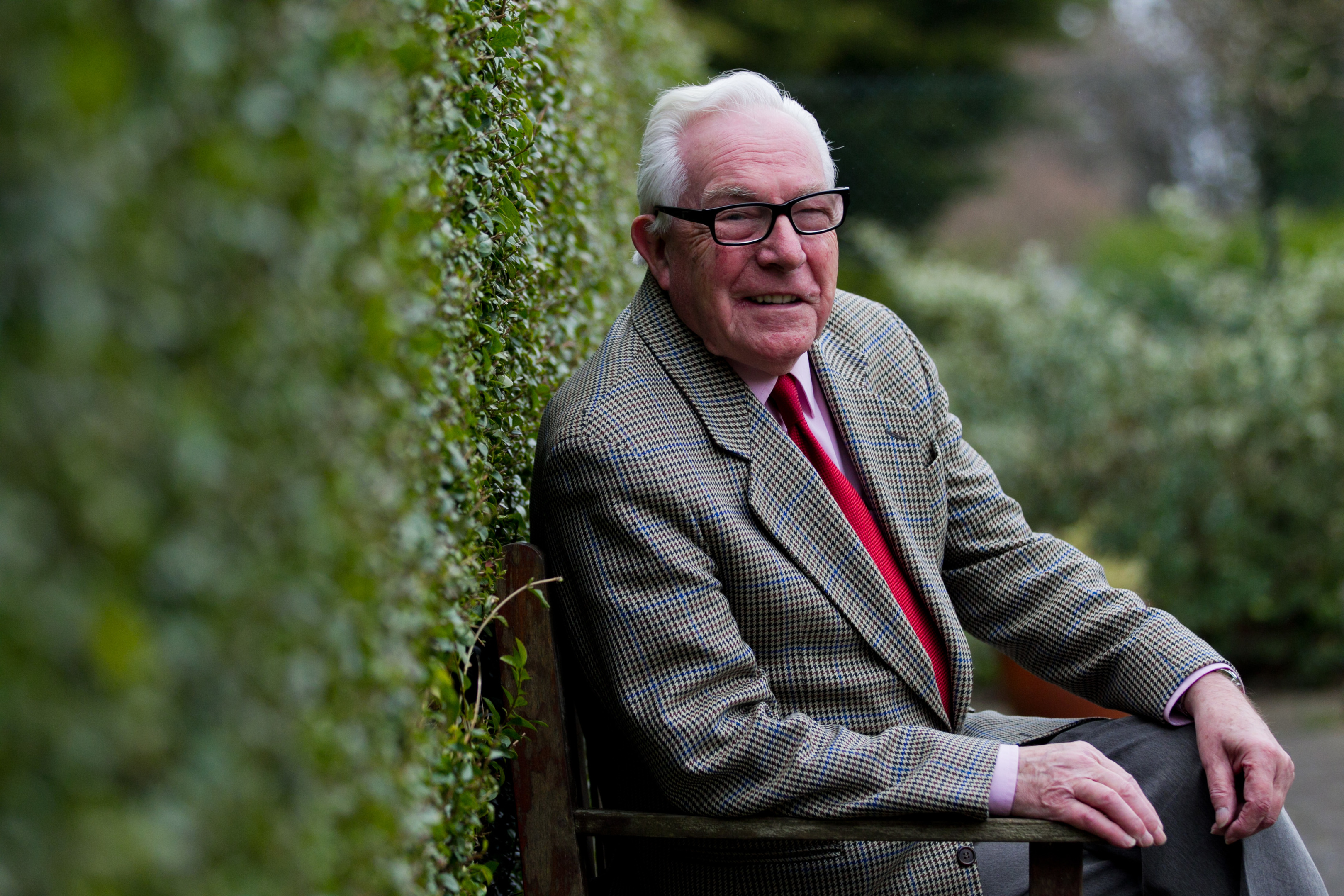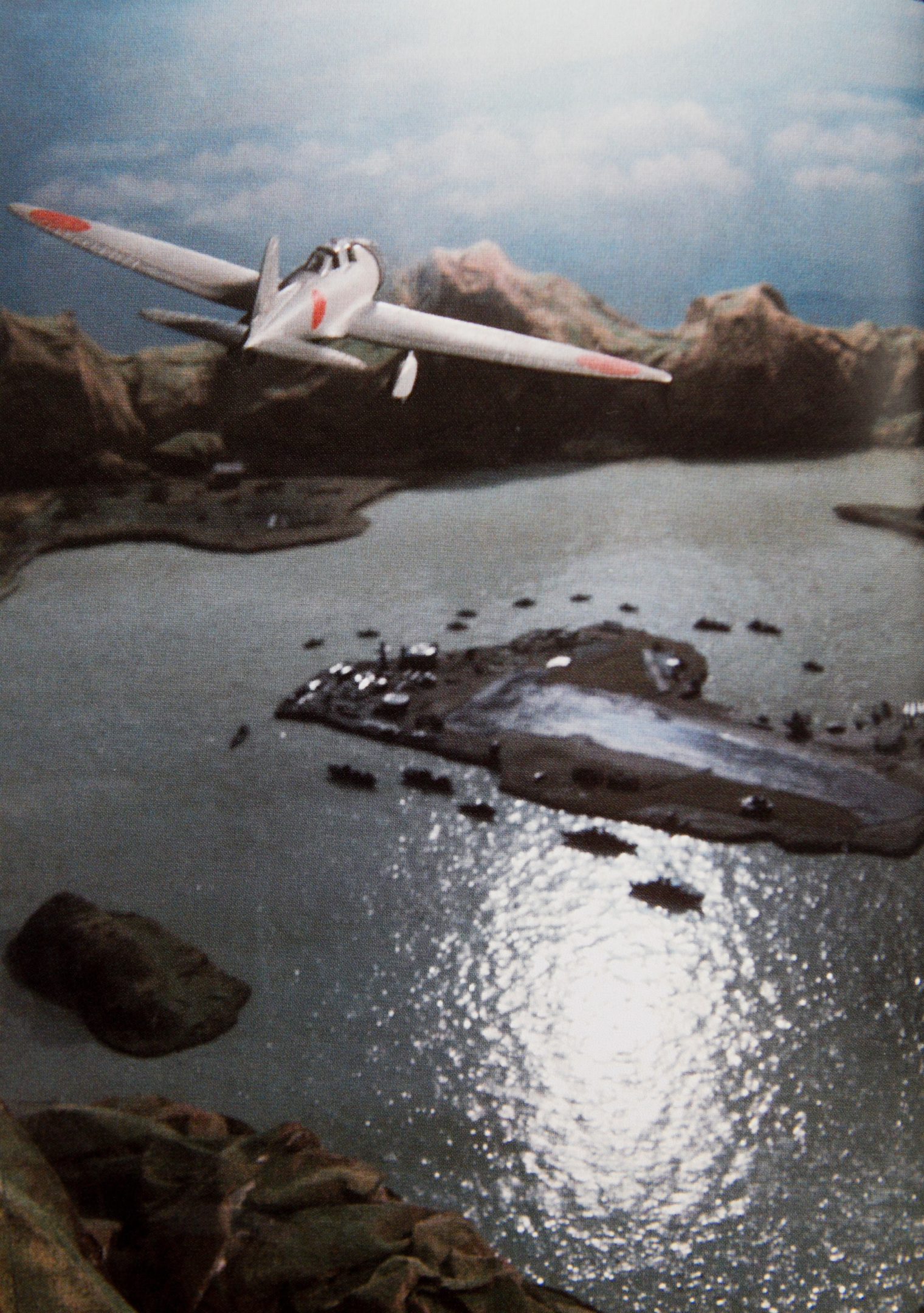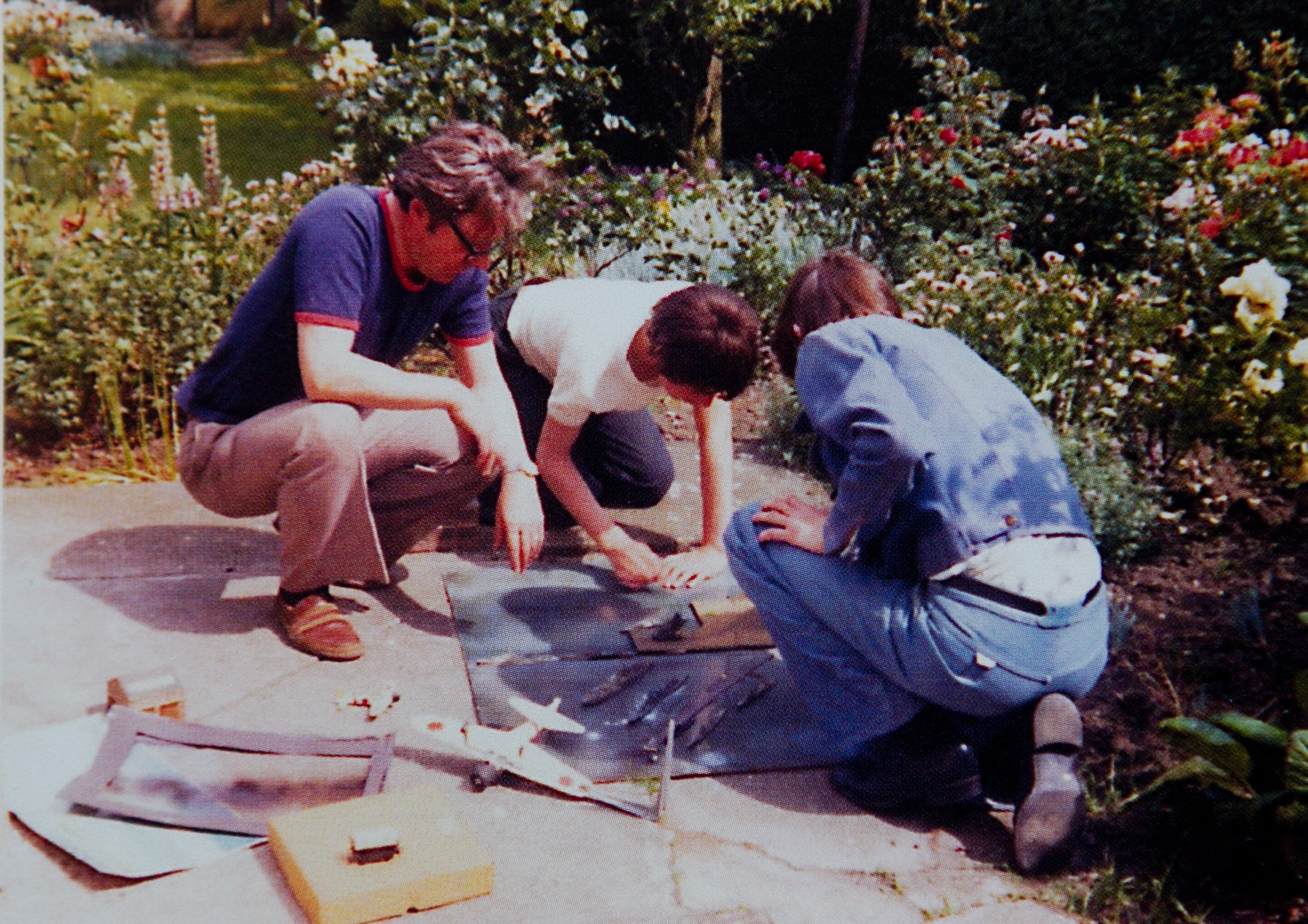
The other cost £1000, was filmed in an Edinburgh back garden and used borrowed pot plants to recreate Hawaii.
But while blockbuster Pearl Harbor did win an Oscar, it was also nominated for a Golden Raspberry as worst movie of the year.
Meanwhile, Ian Rintoul’s 29 Seconds To Zero, about the attack by the Japanese that brought America into WW2, was feted and he was flown to the States to receive a top award.
Now footage of his cut-price cracker features tomorrow on the last episode of the BBC’s Scotland’s Home Movies.

Film-mad Ian began his working life as a 14-year-old apprentice projectionist in the capital but was a buyer at Jenners when he started on his miniature marvel in the late 1970s.
He’d already made Hour Of The Eagle, about a Luftwaffe attack near the Forth Rail Bridge, and wanted to go further in his garage studio and attic cinema.
“It took about two years to make and film was the biggest expense,” Ian told The Sunday Post.
“I also had to hire the American Air Force uniforms from a place in London that supplied big movies like the Battle of Britain.
“I just got people I thought looked the part to play the various roles.”
The 2001 blockbuster, starring Ben Affleck, Kate Beckinsale and Scot Ewen Bremner, splashed the cash in lavish style.
It used the Titanic film set in California as well as shooting on the real naval facilities in Hawaii and spending a reported $8million on a giant bowl to simulate the ocean.
Ian’s efforts were somewhat more modest. As well as the scavenged plants in the garden, he strung wires from the roof to “fly” the models of the attacking Japanese aircraft. Plane cockpits were constructed from bits and pieces from car scrapyards.

“I got a water tank that had been used for demonstrating aqua toys,” said Ian, now in his 80s. “It was about eight feet long and I could film through the Perspex sides. The model ships in big films might be 30 feet, mine was just four feet and I used a hairdryer to try and make the water look right.”
Ian was aided along the way by Steven Begg, a friend of his son.
Steven later used the work on the Edinburgh-shot short – it’s just 10 minutes long as opposed to Pearl Harbor’s three hours – as part of his showreel that led to a Bafta-winning career. His special effects work has been featured on films like 007’s Skyfall and Spectre.
Ian’s efforts were repaid when 29 Seconds To Zero was given a top award by Eastman Kodak.
“They paid for me to go to collect it in Connecticut, which was really nice,” he added.
“I’m proud of the way that it all worked out. And although Pearl Harbor was a called a bit of a dud, I enjoyed it.
“It was mind boggling to see it done on the kind of scale I could never have imagined.”
Protege Steven said: “Ian is probably one of the most pivotal influences in my career.
“There are a lot of tricks we used on 29 Seconds I still use today on the recent James Bond movies.”
Scotland’s Home Movies Monday, 7.30pm BBC One Scotland.
READ MORE
Looking back: The 10 most successful films at the Oscars
Beowulf star Kieran Bew felt right at home filming in his own backyard

Enjoy the convenience of having The Sunday Post delivered as a digital ePaper straight to your smartphone, tablet or computer.
Subscribe for only £5.49 a month and enjoy all the benefits of the printed paper as a digital replica.
Subscribe